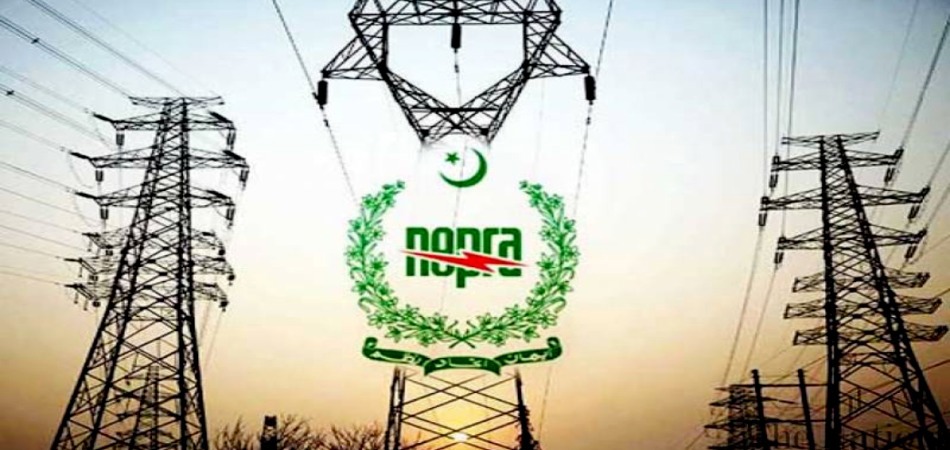IMF deal, falling inflation may lead to rate cuts, but caution advised

By MG News | July 22, 2024 at 11:43 AM GMT+05:00
July 22, 2024 (MLN): Pakistan's economic landscape is showing signs of stabilization, with the country negotiating a new IMF EFF program to ensure fiscal discipline and support external accounts.
According to a report by the Consortium for Development Policy Research (CDPR) and the International Growth Centre (ICG), the declining inflation and increasingly positive real interest rates create potential for future policy rate cuts.
However, the report advises caution. Despite the positive outlook, inflation expectations remain unanchored around the 5-7% medium-term target, and the fiscal discipline and external support seen in 2022-2023 may not yet be secure.
The report emphasized that besides inflation, current account sustainability and exchange rate stability must also be considered in monetary policy decisions.
Scope to cut is contingent on fiscal policy remaining prudent, the pass-through of increases in taxes and administered prices in the budget that that will affect the path of inflation, and the external situation remaining under control under the aegis of an IMF program and adequate external financing, the report reads.
Finally, global commodity prices also need to be monitored, especially given on-going events in the Middle East.
In addition, the growth rate also has to be carefully watched, since rapid growth under the current economic model can quickly lead to balance of payments pressures in the form of a ballooning current account deficit and dwindling FX reserves, it further added.
Therefore, until structural reforms are implemented and Pakistan's BOP-constrained growth limit is expanded, the central bank has to be even more careful once the growth rate rises above a certain prudent range.
Finally, while increasing outstanding OMOs might have been unavoidable over the last 18 months, going forward, the scale and tenor of the OMOs should be carefully calibrated.
One-sided liquidity injections of a large scale and long tenors should not become a consistent, general practice as it can lead to an unwarranted increase in the money supply and add to inflationary pressures, especially as the economy recovers, it stated.
The report also reviewed the literature and international experience to evaluate the underlying basis of the criticism. It referred to much of the criticism as popular myths, either based on outdated thinking or lacking empirical basis.
As a result, the main key takeaways are as follows:
Monetary policy has a role even when inflation is the result of a supply shock because it limits second-round effects, reduces the risk of inflation becoming entrenched, and prevents inflation expectations from being de-anchored.
When inflation expectations are not anchored and/or the danger of inflation becoming entrenched is high, the central bank needs to act forcefully.
Moreover, where the exchange rate passthrough to inflation is high and foreign exchange reserves are low, failure to act can lead to exchange rate instability and significantly higher inflationary pressures.
Monetary policy is effective even when government borrowing dominates because it imposes a premium on fiscal discipline and controls inflationary pressures in the economy through multiple channels.
The central bank must take into account the current stance of the fiscal authority and, if it is not prudent enough, monetary policy may need to compensate for it.
This is not ideal and there are limits to how much the central bank can do but not acting can worsen the situation, both in terms of inflation and the external situation.
Finally, the central bank should always consider the “real” interest rate. Nominal rates tell us nothing about the stance of monetary policy. For instance, if prices are generally increasing by 30% annually paying back 25% in interest does not represent a large burden on borrowers and does not adequately compensate savers.
The goal should normally be to ensure that the real interest rate is positive on a forward-looking basis and preferably at least equivalent to average past practice in the country, i.e. 2 - 3% in Pakistan.
In extreme crises, or when foreign exchange reserves are low and the external balance is vulnerable, the real interest rate may need to remain above 2% – 3% temporarily to stabilize the external accounts.
Copyright Mettis Link News
Related News
| Name | Price/Vol | %Chg/NChg |
|---|---|---|
| KSE100 | 125,627.31 258.99M |
1.00% 1248.25 |
| ALLSHR | 78,584.71 1,142.41M |
1.16% 904.89 |
| KSE30 | 38,153.79 69.25M |
0.63% 238.06 |
| KMI30 | 184,886.50 91.38M |
0.01% 13.72 |
| KMIALLSHR | 53,763.81 554.57M |
0.54% 290.61 |
| BKTi | 31,921.68 33.15M |
1.78% 557.94 |
| OGTi | 27,773.98 9.65M |
-0.40% -112.21 |
| Symbol | Bid/Ask | High/Low |
|---|
| Name | Last | High/Low | Chg/%Chg |
|---|---|---|---|
| BITCOIN FUTURES | 108,055.00 | 109,565.00 107,195.00 |
570.00 0.53% |
| BRENT CRUDE | 66.64 | 67.20 65.92 |
-0.16 -0.24% |
| RICHARDS BAY COAL MONTHLY | 97.00 | 97.00 97.00 |
1.05 1.09% |
| ROTTERDAM COAL MONTHLY | 107.65 | 107.65 105.85 |
1.25 1.17% |
| USD RBD PALM OLEIN | 998.50 | 998.50 998.50 |
0.00 0.00% |
| CRUDE OIL - WTI | 64.97 | 65.82 64.50 |
-0.55 -0.84% |
| SUGAR #11 WORLD | 16.19 | 16.74 16.14 |
-0.52 -3.11% |
Chart of the Day
Latest News
Top 5 things to watch in this week
Pakistan Stock Movers
| Name | Last | Chg/%Chg |
|---|
| Name | Last | Chg/%Chg |
|---|



.jpg)